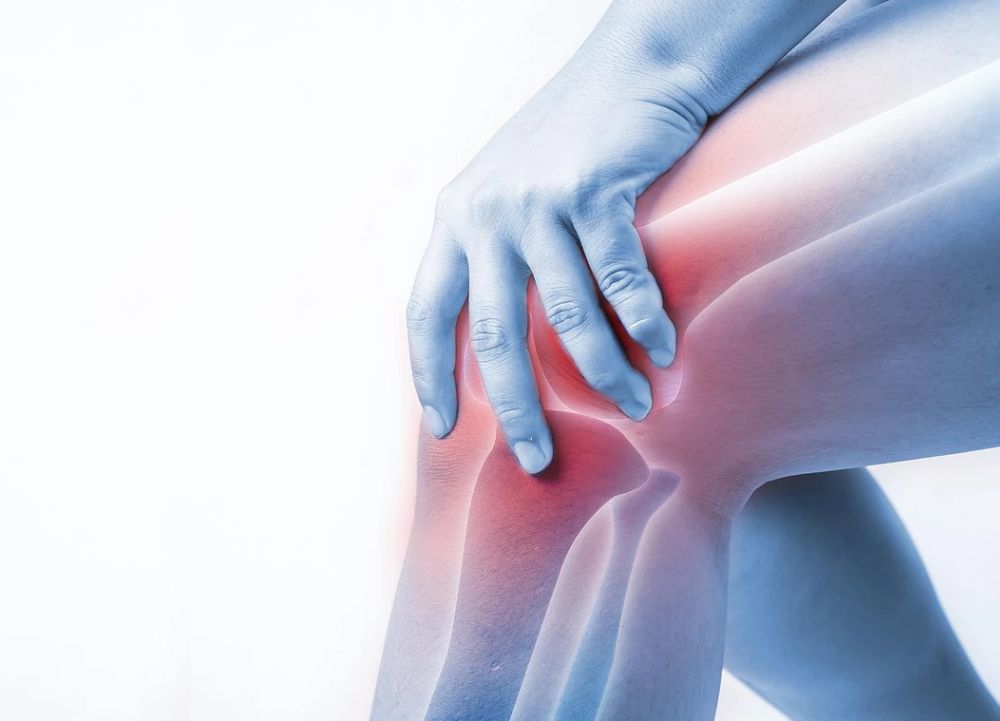
Knee Replacement, also called knee arthroplasty or knee resurfacing is surgical procedure in which the surface of the bones is replaced by orthopaedic surgeons.
The surgeon caps the ends of (the facade of) a damaged, worn, or diseased knee joint with metal or plastic components, or implants a prosthetic, shaped as a joint. This enables the knee to move properly.
Knee Replacement is used to treat arthritis that causes pain and limits the movement of the knee joint leading to disability sometimes.
The knee is the largest joint in the body and having healthy knees is required to perform most everyday activities.
The knee consists of the lower end of the thighbone (femur), the upper end of the shinbone (tibia), and the kneecap (patella).
The ends of these three bones are protected by articular cartilage, a smooth material that allows the bones to move freely within the joint.
Knee ligaments are bands of tissue that connect the thigh bone in the upper leg to the lower leg bones.
The ligaments of Knee joint are:
Knee Replacement is considered as last treatment option for chronic pain or disability due to injury or arthritis.
The most common cause of chronic knee pain and disability is arthritis. Although there are many types of arthritis, most knee pain is caused by just three types: Osteoarthritis, Rheumatoid Arthritis, and Post-traumatic Arthritis.
The following condition can be reason for Knee Replacement:
A partial knee replacement is a surgical procedure that replaces only one part of a damaged or diseased knee joint with artificial material. It can replace the inside (medial) or outer (lateral) section of the knee, as well as the kneecap. Partial knee replacement surgery involves the removal of diseased tissue and bone from the knee joint. The rest of your knee is kept untouched. Partial knee replacements are typically performed with less incisions, resulting in fast recovery. In Partial replacement surgery only one side of the knee joint is replaced.
Total knee replacement is a surgical procedure that replaces the damaged or diseased knee joint with artificial material. The end of the femur bone is removed and replaced with a metal casing during a total knee replacement. The end of lower leg bone (tibia) is also removed and replaced with a channelled plastic piece with a metal stem. The prosthesis refers to the artificial components of a knee replacement. Total knee replacement surgery involves the replacement of both sides of the knee joint.
Unilateral knee replacement surgery replaces one knee with a prosthetic joint. Unilateral knee replacements are commonly performed due to accident, infection, or arthritis.
Bilateral knee replacement procedure involves the replacement of both knees with prosthetic joints. Bilateral knee replacement is frequently recommended for those with severe arthritis in both knees because it is better able to restore a normal, balanced gait or walking pattern. The bilateral surgery can also be used on those who need a knee replacement on either the inside (medial) or outside (lateral) of the knee.
Prior to surgery, you must have specific medical tests such as an X-ray, an MRI, and a full blood count (CBC).
One week before the operation, you may be advised to discontinue the use of nonsteroidal anti-inflammatory medicines (NSAIDs) such as ibuprofen.
Eat or drink nothing for 8 to 12 hours before surgery.
Weeks before the procedure, reduce or stop usage of nicotine, caffeine, and alcohol.
Physical treatment is often advised before to surgery in order to strengthen the muscles and achieve a speedier recovery.
During the procedure, the patient is given general or epidural anaesthesia to ensure that the patient is comfortable and does not feel pain. The surgeons make small incisions or cuts into the knee joint, and diseased bone and cartilage are removed.
The metal implants or prosthesis are implanted and fixed to the ends of the thigh and lower leg bones by the surgeon. The surgeon slips a plastic spacer between the metal materials to help joints move smoothly.
Knee replacement surgery takes around 1-2 hours.
The patient is recommended to relax in order to relieve the pressure on the knee.
The doctor prescribes painkillers such as ibuprofen.
At least three times every day, the patient should lift (elevate) the operated leg and wrap cold packs around the operated knee.
After knee replacement surgery, physiotherapy is required to strengthen muscles, enhance range of motion, and boost blood flow around the knee.